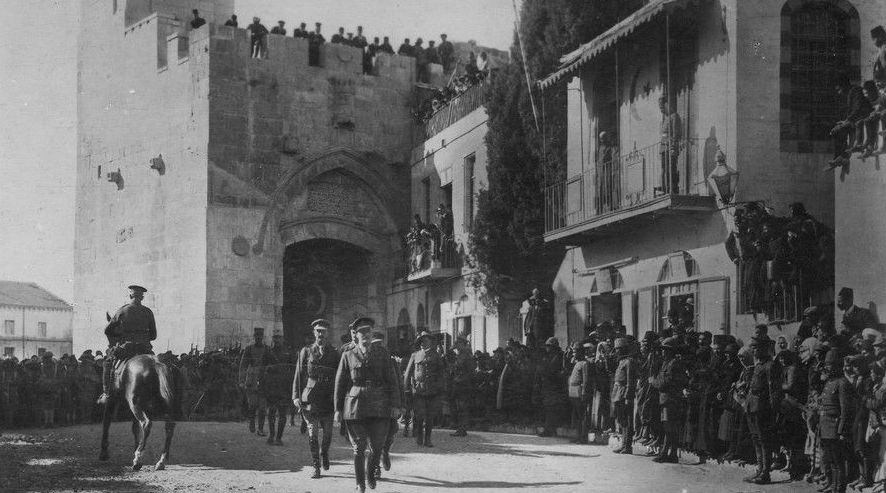Hat Sanatı
Irvin Cemil Schick
Many have attributed the richness of the Islamic calligraphic tradition to a prohibition on the use of human images; however, this interpretation is based on many false assumptions about history and culture in the Islamic world as well as the normativity of the Western cultural experience. In this episode, Irvin Cemil Schick dismantles some of the usual cliches about art in Muslim societies and considers calligraphy (hat sanatı) as a symbolic art form in its own right.
Birçok araştırmacı zengin ve köklü bir geleneğe sahip olan İslam hat sanatının ortaya çıkışını İslam dininin insan suretinin resmedilmesini yasaklaması ile açıklamaya çalışmıştır. Ancak, bu yorum İslam dünyasının kültür ve tarihi hakkında bir takım yanlış çıkarsamalara olduğu kadar, Batının tarihi ve kültürel gelişimini normatif olarak kabul eden modası geçmiş bir tarihsel metodolojiye de dayanmaktadır. Bu bölümde Irvin Cemil Schick İslam toplumlarında sanat hakkındaki klişeleri yeniden gözden geçirirken, hat sanatını kendine özgü ve bağımsız bir sembolik sanat formu olarak değerlendirmektedir.
Birçok araştırmacı zengin ve köklü bir geleneğe sahip olan İslam hat sanatının ortaya çıkışını İslam dininin insan suretinin resmedilmesini yasaklaması ile açıklamaya çalışmıştır. Ancak, bu yorum İslam dünyasının kültür ve tarihi hakkında bir takım yanlış çıkarsamalara olduğu kadar, Batının tarihi ve kültürel gelişimini normatif olarak kabul eden modası geçmiş bir tarihsel metodolojiye de dayanmaktadır. Bu bölümde Irvin Cemil Schick İslam toplumlarında sanat hakkındaki klişeleri yeniden gözden geçirirken, hat sanatını kendine özgü ve bağımsız bir sembolik sanat formu olarak değerlendirmektedir.
Note: the podcast is in Turkish
This podcast relies on a collection of images available here:
Yrd. Doç. Dr. Irvin Cemil Schick Istanbul Şehir Üniversitesi'nde matematik ve tarih üzerine dersler vermektedir.
Yeniçağ Akdeniz ve Osmanlı Imparatorluğu Tarihi üzerine uzmanlaşan Dr. Emrah Safa Gürkan Bahçeşehir Üniversitesi Tarih Bölümü'nde ders vermektedir (academia.edu)
Select Bibliography
Calligraphy in Islamic Architecture: Space, Form, and Function, eds. Mohammad Gharipour and İrvin Cemil Schick (Edinburgh: Edinburgh University Press, forthcoming in 2013).
M. Uğur Derman, Letters in Gold: Ottoman Calligraphy from the Sakıp Sabancı Collection, Istanbul, trans. Mohamed Zakariya (New York: The Metropolitan Museum of Art, 1998).
Malik Aksel, Türklerde Dinî Resimler: Yazı-Resim (İstanbul: Elif Yayınları, 1967).












Comments
Post a Comment
Due to an overwhelming amount of spam, we no longer read comments submitted to the blog.